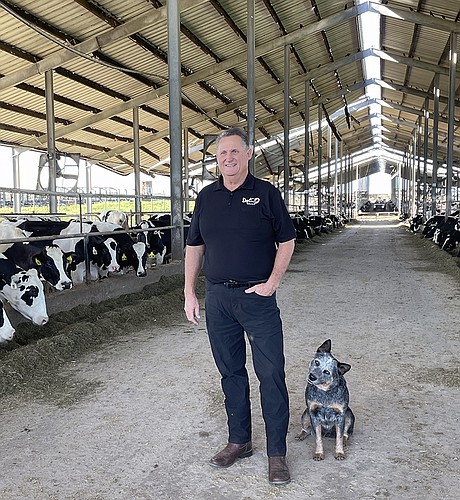- December 15, 2025
-
-
Loading

Loading

They come to Dakin Dairy in Myakka City three days a week to tour the stall barns, see cows milked, learn how milk is pasteurized in the bottling plant, make their own butter and sample cheeses, ice cream and chocolate milk made on site.
The 90-minute ‘Where Milk Comes From’ guided tours of the 1,200-acre dairy, with its 2,400 cows, is a popular east Manatee County attraction. It tells visitors the story of how milk travels from the farm to the local supermarket dairy aisle.
But that story is changing dramatically amid rising land values, high cost of equipment, finance crunches, labor shortages and a federal regulation that makes Florida milk among the nation’s most expensive, with corporate dairies in the Midwest shipping milk into the state at lower prices than local dairies can produce it.